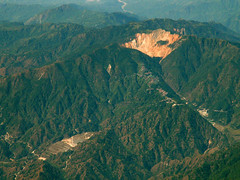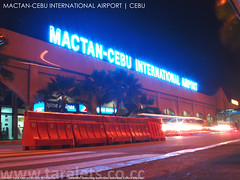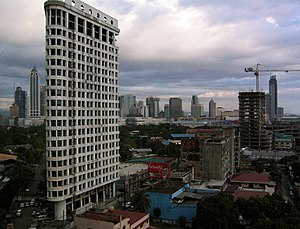 English: Phillippine stock market board (Photo credit: Wikipedia)
English: Phillippine stock market board (Photo credit: Wikipedia)BDO Unibank Inc. (BDO), controlled by the family of retail tycoon Henry Sy Sr., posted a 15-percent increase in its net income to P5.83 billion in the first half of 2012 from P5.05 billion in the same period in 2011.
In a disclosure to the Philippine Stock Exchange (PSE), BDO corporate information officer Elmer Serrano said the improvement in income could be attributed to the bank’s continuing strong operations.
“The bank continued to strengthen its business franchise and distribution network, leading to an expanded loan portfolio, growing low-cost deposits and higher recurring fee-based service income,” the official informed the PSE.
BDO, the largest bank in the Philippines in terms of resources, said it remains optimistic about the country’s prospects and opportunities in the banking sector.
Recently, BDO raised P43.5 billion (equivalent to over $1 billion) in core capital through a rights offer last July 4, 2012 to support its medium-term growth objectives and meet the Basel III capital requirements ahead of schedule.
Basel III is a global regulatory standard on bank capital adequacy, stress testing and market liquidity risk. It requires banks to hold 4.5 percent of common equity (up from two percent in Basel II) and six percent of Tier I capital (up from four percent in Basel II) of risk-weighted assets (RWA).
Tier I capital is core capital this includes equity capital and disclosed reserves.
BDO said part of the proceeds from the additional capital would be utilized by the bank to exercise its early redemption option on P10 billion of higher-cost Tier 2 debt in November 2012.
Tier 2 debt is secondary capital that includes items such as undisclosed reserves, general loss reserves, subordinated term debt and more.
The bank’s net interest income increased two percent to P17.4 billion, on robust loan growth and the continued hike in low-cost deposits.
Gross customer loans grew 18 percent to P719 billion, as growth was seen across all segments. Fee-based service income rose to P6.8 billion, while trading and foreign exchange gains was at P3.2 billion.
Its total non-interest income ended at P11.2 billion, seven percent from last year.
BDO’s operating expenses increased moderately to P19.4 billion, while P2.5 billion in provisions were booked for the interim period. Asset quality improved with gross non- performing loan (NPL) ratio declining to 3.1 percent from 3.5 percent in the previous quarter, while gross NPL coverage rose to 119 percent from 110 percent.
With the interim financial performance and fresh capital to support growth, the bank remains on track to meet its income guidance of P12.5 billion for the year.
BDO is a full-service universal bank that provides a complete array of industry-leading products and services to the retail and corporate markets including lending (corporate, middle market, SME, and consumer), deposit-taking, foreign exchange, brokering, trust and, credit cards, corporate cash management, and remittances.
http://www.philstar.com/Article.aspx?publicationSubCategoryId=66&articleId=832929

























